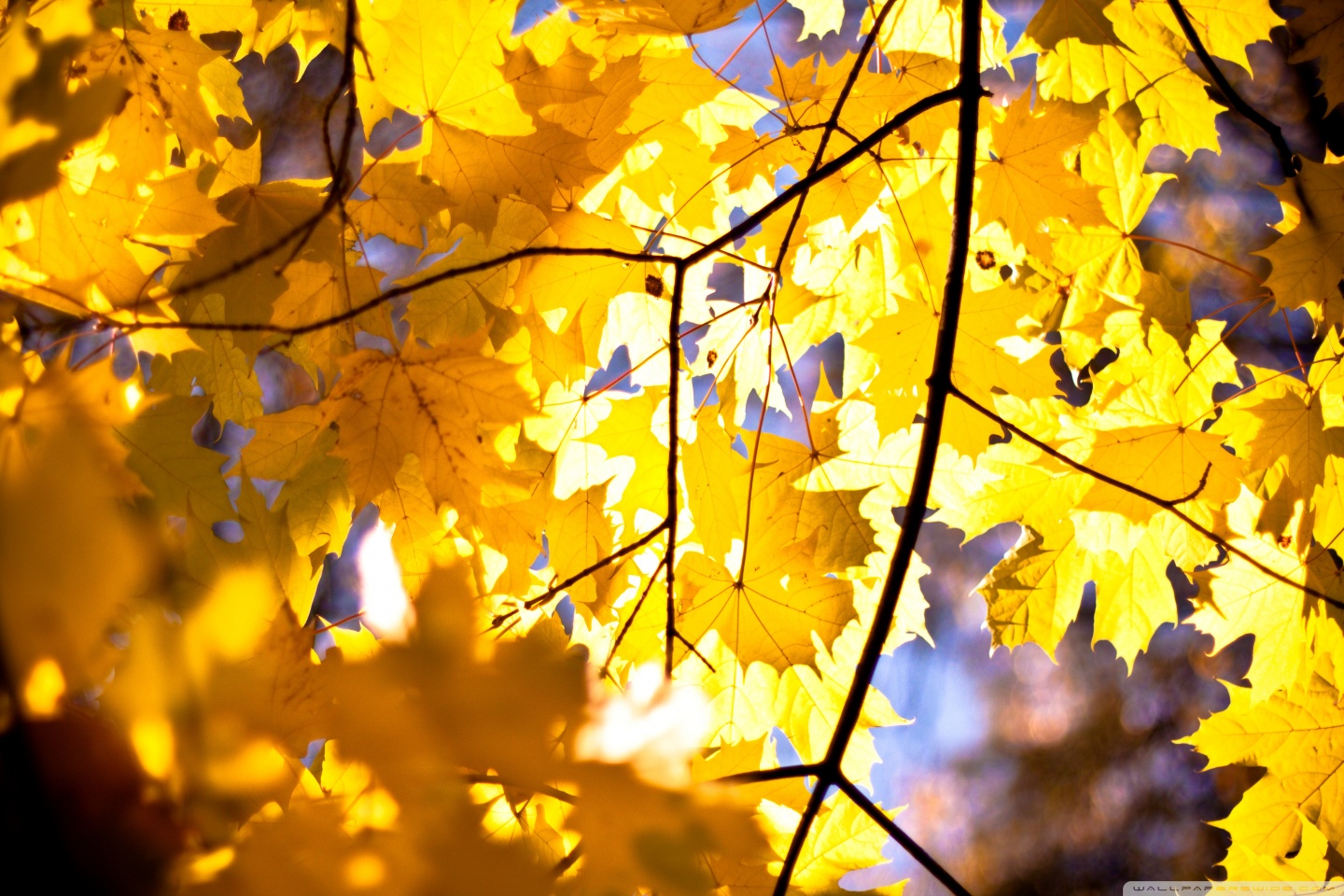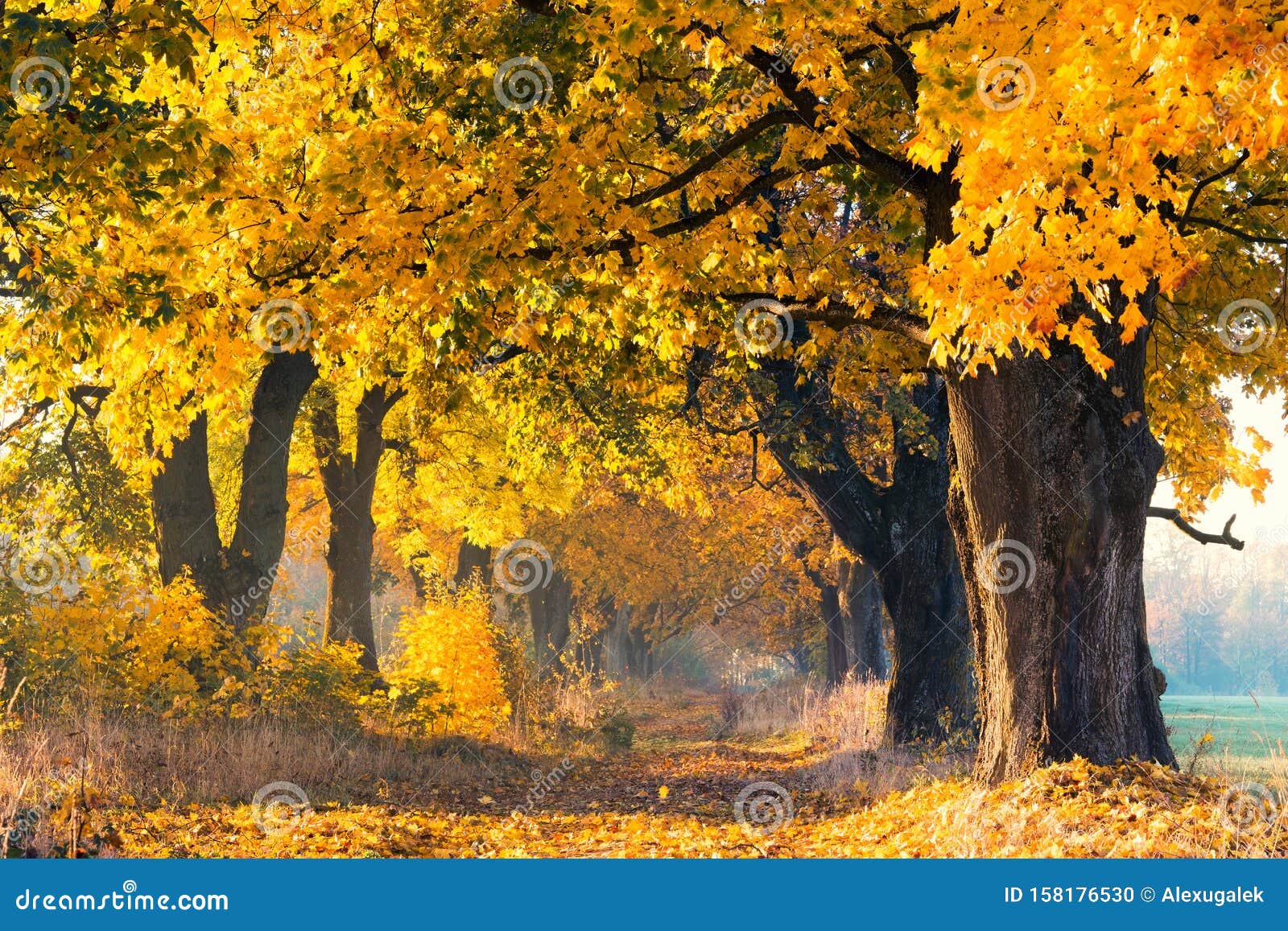

If your maple is planted in partial sun and not getting at least 6 hours of sunshine per day, it may not change colors. Temperature fluctuations with warm nights and not enough cool weather.Ī young maple tree may not be ready to change colors yet.

Maple trees with yellow leaves full#
Thus autumns that have lots of full sun days and cold nights will have the best red colored leaves. The Japanese Maple tree with red leaves year-round is a great choice for some extra color in your landscape.Ĭold (but not freezing) nights and bright, sunny days stimulate the production of the red-pigmented anthocyanins. Autumn leaves of many of the oak species are mostly reddish-brown. Yellow leaves may predominate in ginkgos, tulip poplar, beeches, buckeyes, and hickories. October Glory is an excellent choice for a fast growing small tree. Red Maple trees such as Autumn Blaze Maple or October Glory can have shades of orange and red. Sugar maple leaves can be a brilliant orange. In autumn, the leaves of sourwood, sumacs, dogwoods, and some maples often turn red or purple like the Brandywine Maple. Perfect for adding year-round color! Weather is the primary factor for why your maple tree leaves are not turning red in fall. Japanese Maples stay small in size and are low maintenance trees. Low temperatures above freezing favor production of the red-pigmented anthocyanins. Rainy, overcast days may cause the chlorophyll to degrade more quickly, thus increasing the intensity of the yellow colors and orange colors. Temperature and light influence the intensity and duration of autumn color. Purples are blends of anthocyanins and leftover chlorophyll.īrown colors predominate when several different pigments are present together and mix together.įall colors and maple trees in fall are an important staple piece in many landscapes and provide glorious displays of color year after year (usually)!Īll about maple tree colors and reasons why they might not change: Exactly which colors predominate in autumn leaves depends on the tree species and the local weather. The bright red fall leaves come from anthocyanins which are manufactured as chlorophyll is degraded in early autumn. More About Maple Leaf Colors: Sugar Maple Leaves Throughout the Seasons By Chris Glass, Cincinnati, USA – When the amount of chlorophyll in the leaves starts declining in autumn, yellow compounds ( xanthophylls) and orange compounds (carotenoids) become visible. In autumn, before the fall maple leaf drops, deciduous trees break down the chlorophyll into smaller molecules and send them to the roots for storage until spring when new leaves emerge and chlorophyll is reconstituted. What happens to maple tree leaves in fall? A tree’s leaves are dark green throughout the spring and summer because of chlorophyll, which is bright green and masks the colors of other molecules that also are present in those same leaves.


 0 kommentar(er)
0 kommentar(er)
